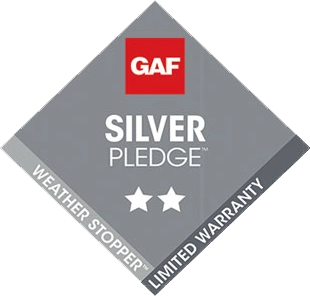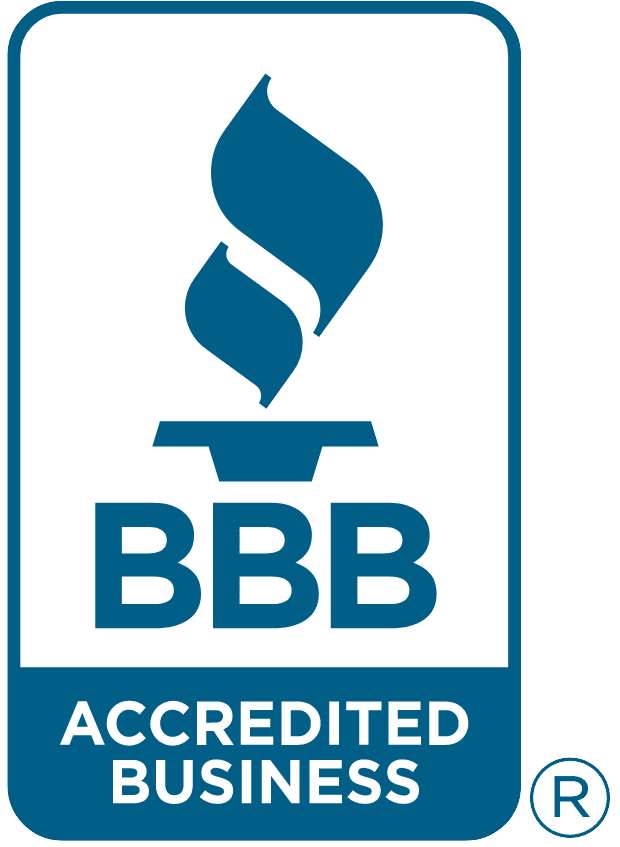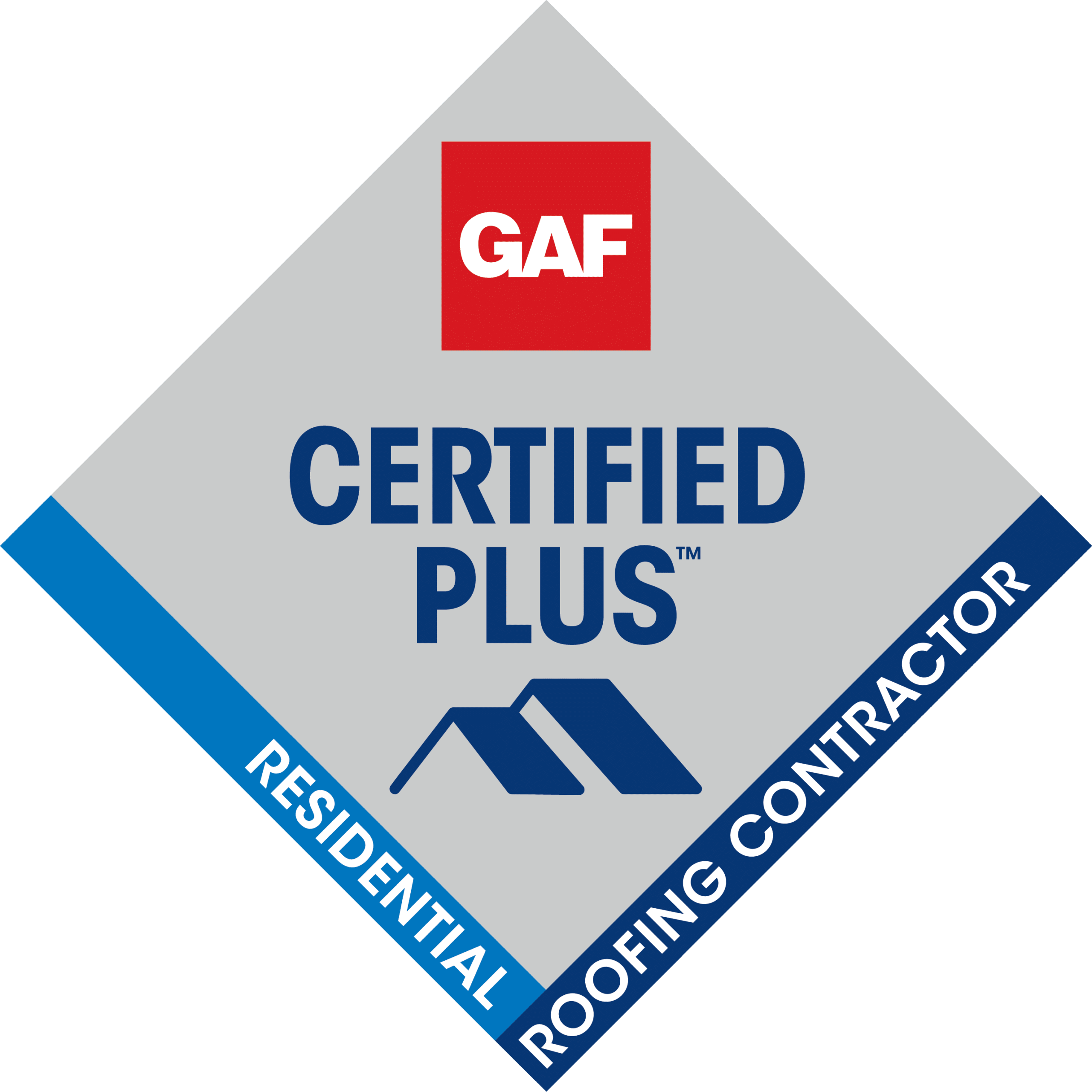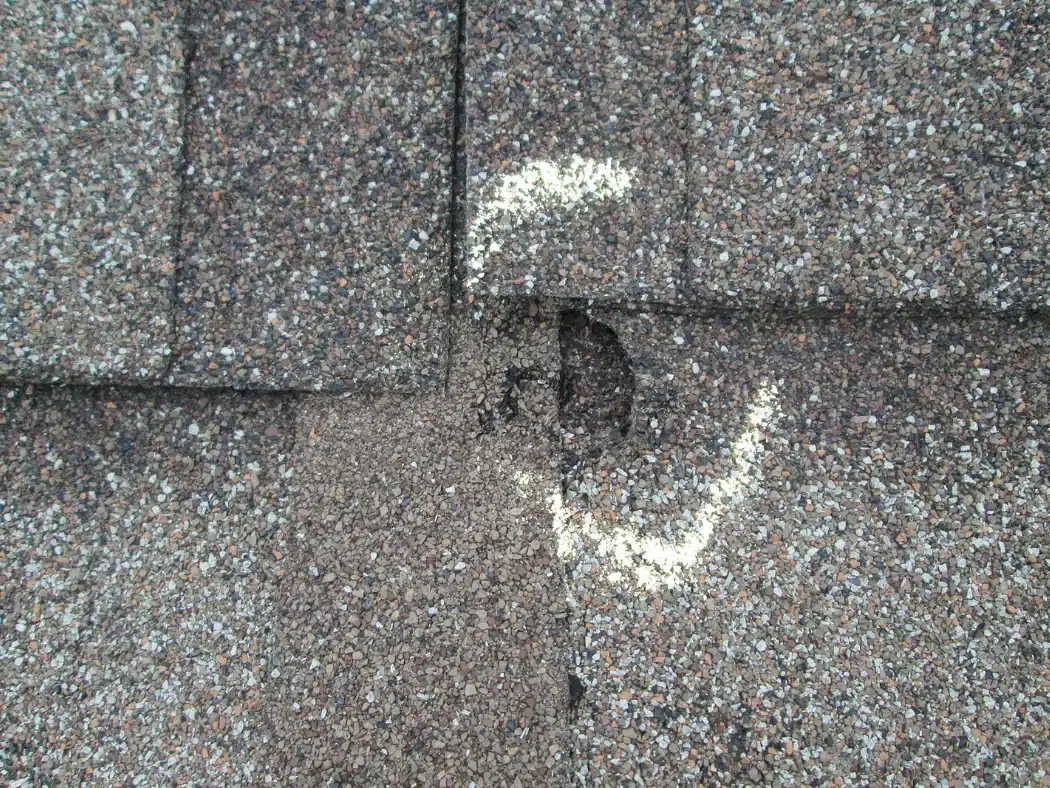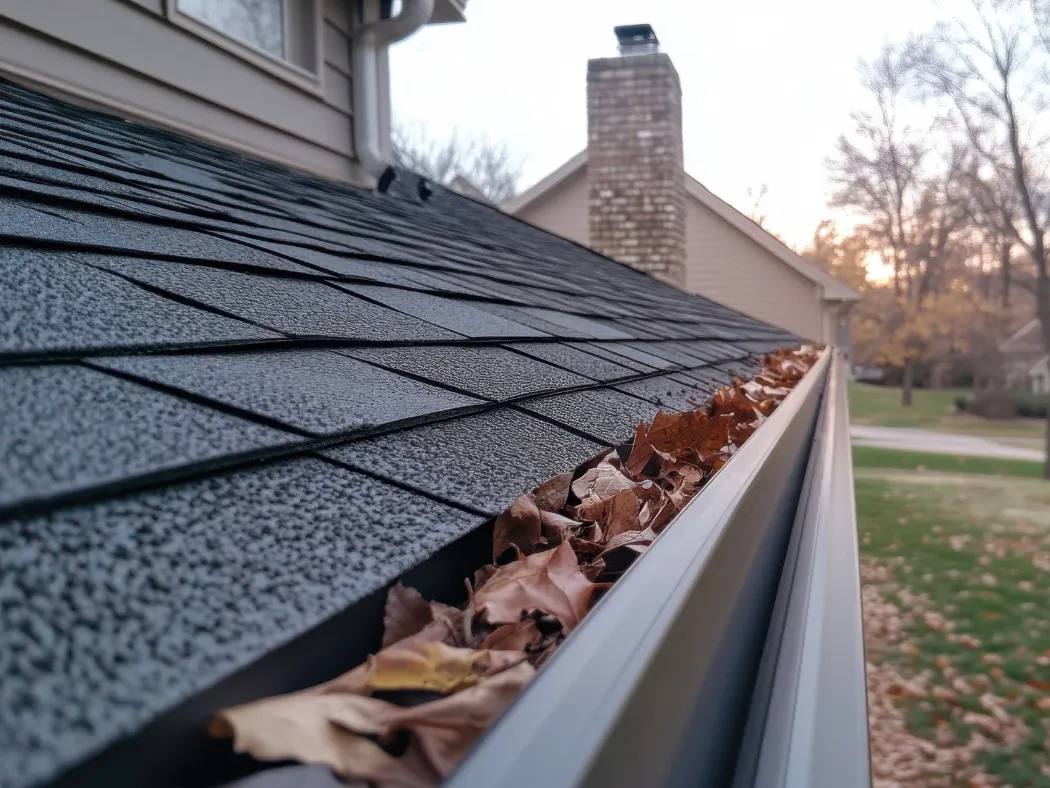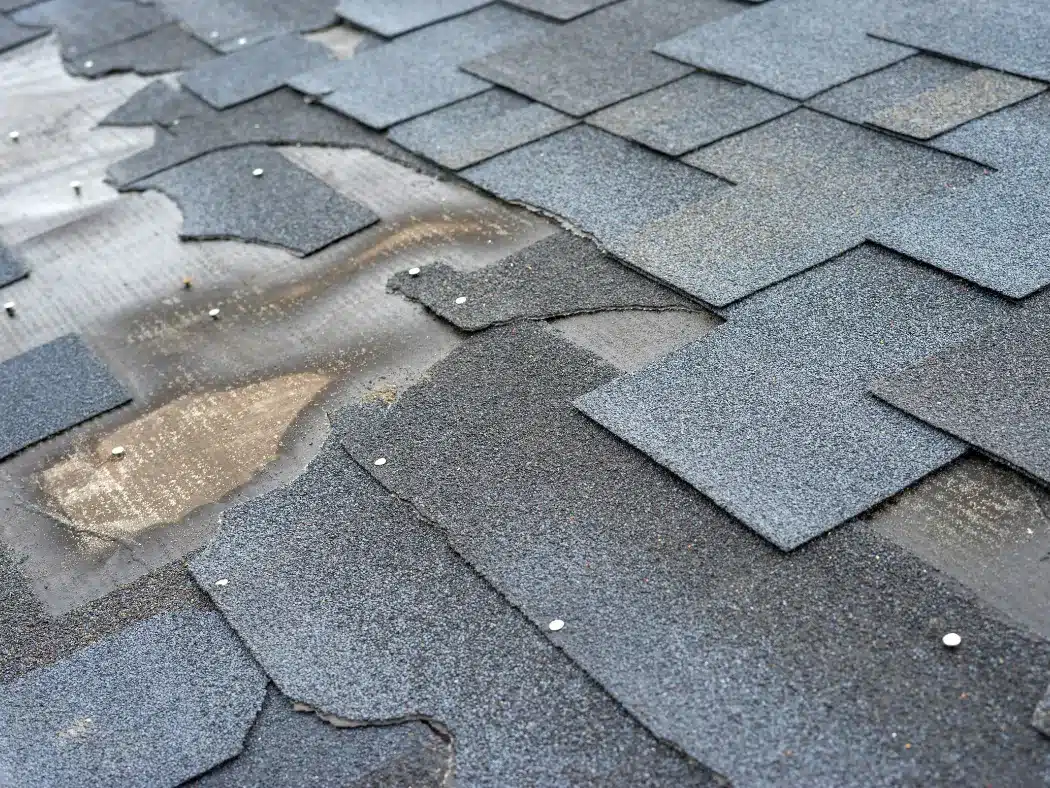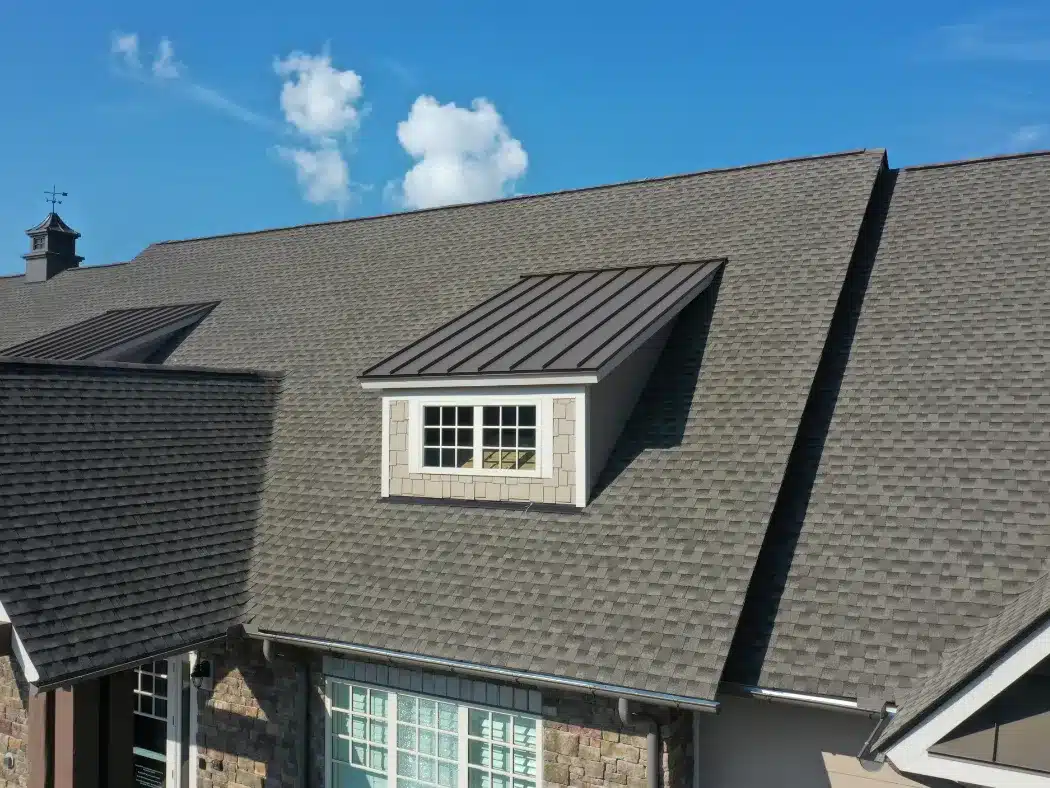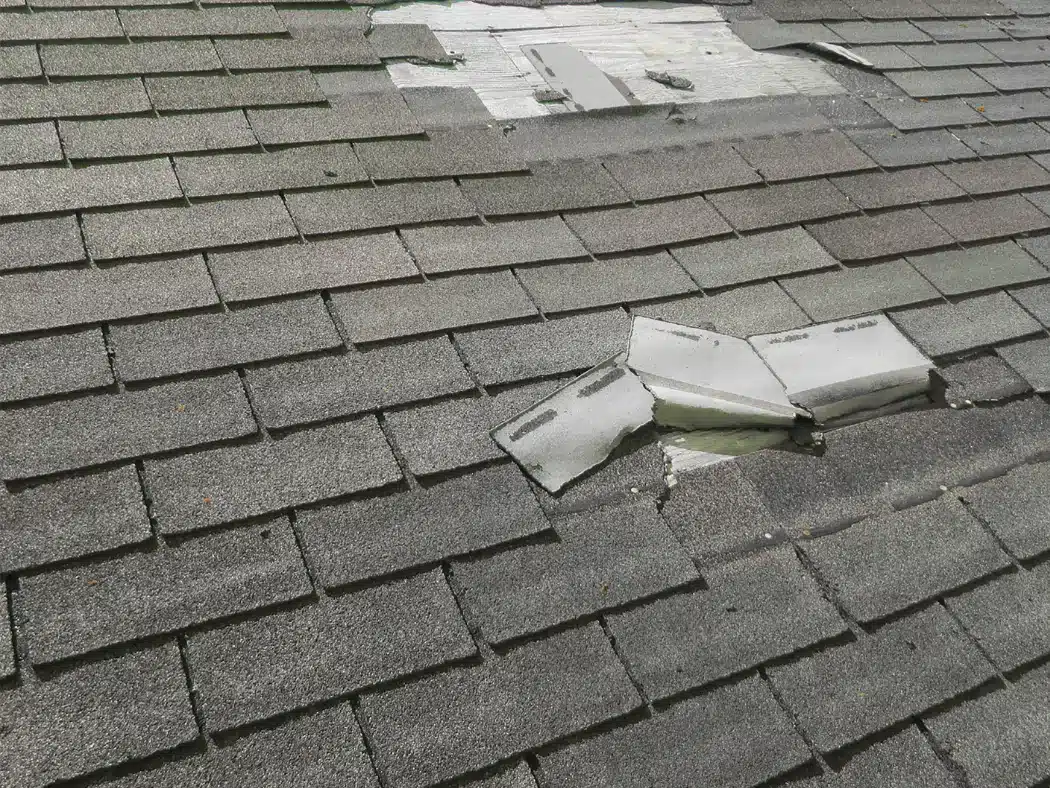As many Texas homeowners know firsthand, hailstorms may pass quickly, but the damage they leave behind can be costly and long-lasting. Whether it’s minor dents or major structural issues, understanding how hail impacts your roofing system is essential for protecting your home and avoiding expensive repairs.
How Hail Damages Roofs
Hail damage to your roofing system isn’t always apparent at first glance. Depending on the size of the hail, wind speed, and roof materials, the impact can range from minor repairs to serious structural issues. The damage that hailstorms can cause varies depending on the material used for your roofing system.
Asphalt Shingles
Asphalt roofing shingles are designed to handle tough weather, but falling hail can cause cracks, dents, or granule loss. This damage exposes the underlying materials, shortening the lifespan of your roof.
Metal Roofing
Though durable, falling hail, if large enough, can potentially dent a metal roof if the impact is hard enough and strikes the right place. While a dent in your metal roof may initially appear only as aesthetic damage, hurting the appearance and resale value, in some cases, the water runoff/flow rate can be impacted, and water pooling issues can start, which create significant problems and impair the functionality of the roofing system.
Tile Roofing
Hail can crack or shatter clay and concrete tiles, which may lead to water ingress and leaks if not replaced.
Flashing and Gutters
Metal components like flashing and gutters can also get dented or loosened, compromising the flashing and affecting water drainage away from your home.
Why Hail Damage Matters
“I’ve got enough to worry about as a homeowner. Surely, a tiny crack in my shingles isn’t a big deal… right?” That’s where many homeowners make a costly mistake. Even a small crack can eventually lead to leaks, sometimes months or years later, causing rot, mold, and interior water damage, potentially voiding your roofing warranty.
What to Do After a Hailstorm
After a hailstorm, there are a handful of essential steps to take to ensure the safety of your roofing system.
Inspect Your Property
Do a quick inspection safely from the ground to look for dents, loose granules, dark spots, or visible water stains. If you notice broken windows or leaking water, you can use a temporary fix like a tarp or a bucket to collect water.
Document Everything
If you find damage or areas of concern, take clear photos in case they need to be shared with your insurance provider. Write down the date and time of the storm and document any remaining pieces of hail, if possible.
Call a Roofing Professional
Whether there is visible damage or not, you should schedule an inspection with a trusted roofing professional to perform a detailed inspection. They can safely inspect your entire roofing system for damage, offer a comprehensive evaluation, and help determine if you need minor repairs or a whole roof replacement.
File a Claim
Depending on the extent of the damage, you may need to file a claim with your insurance provider. WorleyByrd Roofing & Restoration specializes in the insurance claims process and provides support from start to finish.
Preventing Hail Damage
Fortunately, you can take steps to protect your roof against damage from hail. Schedule regular roofing inspections to help you catch minor problems early and identify any potential areas of weakness. Your roofing contractor will help you determine the best type of roofing materials based on your climate and aesthetic preferences. Roofing professionals can also help you trim nearby trees to prevent additional damage from falling debris.
Are you looking for a trustworthy residential roofing professional in the Central and Gulf Coast Texas regions? WorleyByrd is the word! We are familiar with the unique needs of Texas homeowners and work to prevent damage before it occurs. Contact us to schedule an inspection.

